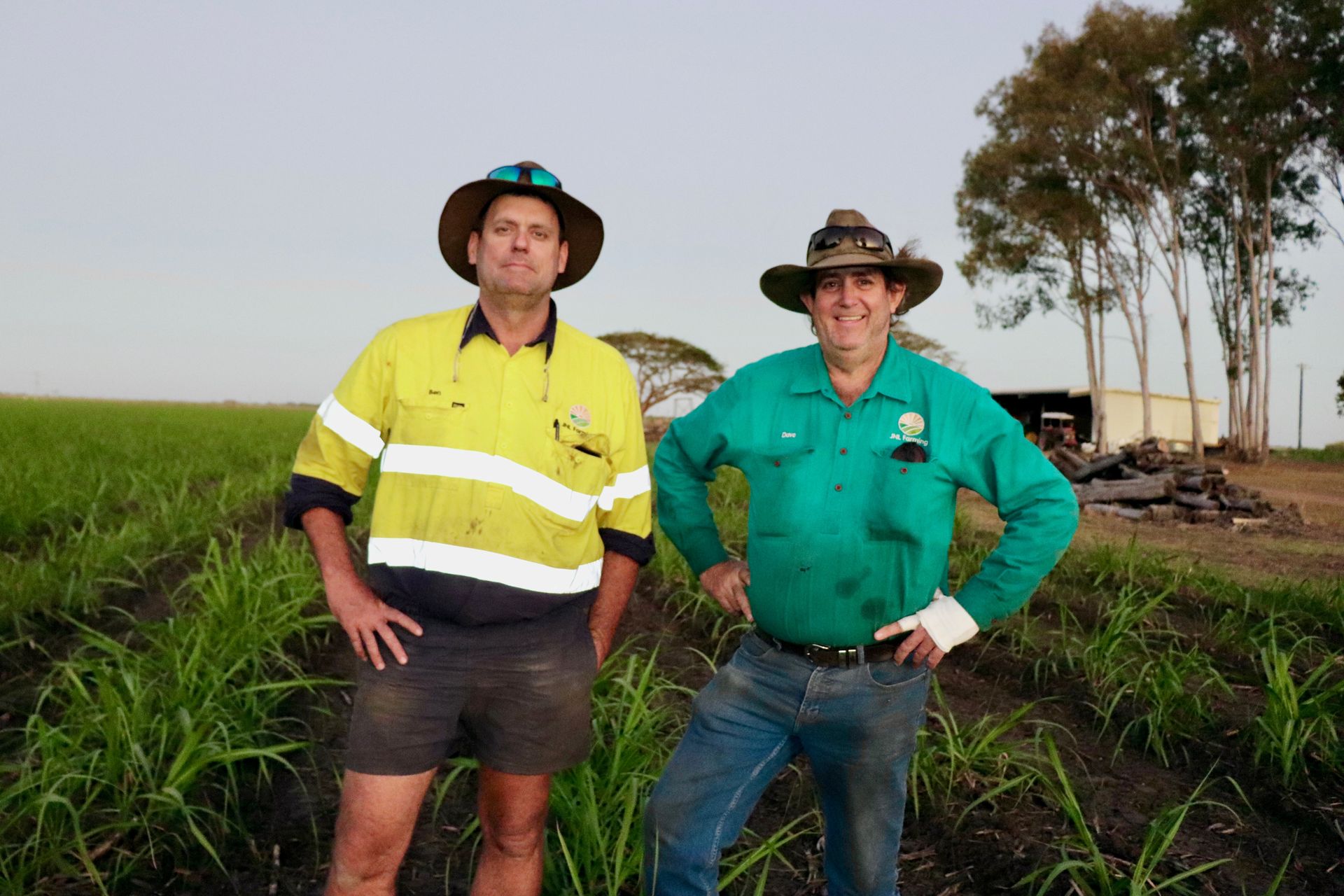1MG FlippingBooks
Upgrade to SA dog fence gamechanger for farmers
Elizabeth Gracie

A $25m upgrade to the South Australian (SA) Dog Fence will better protect South Australia’s $4.3b livestock industry.
The rebuild will be one of the biggest infrastructure projects that the South Australian Government has ever undertaken.
Federal Agriculture Minister David Littleproud said that the project was a gamechanger for South Australian agriculture.
“It is estimated the rebuild with reduce the number of sheep losses in pastoral areas and increase income from sheep sales by up to $69.7m over a 20 year period”.
“Farmers, land managers, and pastoralists will save up to $97m in wild dog management costs over 20 years and it will create jobs in regional South Australia,” said Littleproud.
Australian Minister for Primary Industries and Regional Development Tim Whetstone said that parts of the 1600km were over 100 years old.
“South Australia’s component of the 5400km Dog Fence is approximately 2150km, with approximately 1600km being more than 100 years old” said Whetstone.
The land south of the fence is traditionally used for sheep production and it is hoped that an improved fence will stop the migration of dingoes and other feral animals into the area from leakages in the fence.
The Federal Government is working alongside the South Australian Government to fund the project with matched funds of $20m plus a further $5m through industry.
Minister Whetstone said that the fence was crucial infrastructure to supporting and protecting the South Australian sheep industry.
“The 25m project will replace this ageing fencing to ensure its continued effectiveness and support pastoralists from the ongoing threat of wild dogs,” said Whetstone.
Federal Member for Grey, Rowan Ramsey says that he is pleased that the government has started upgrades to the fence.
“Wild dogs have been tearing thousands of sheep to pieces in the areas south of the leading fence,” said Ramsey.
“Now that it is the time to act and I am pleased we are stepping up to do that job”.
NEWS

2025 marks 50 years since TR70 model launched in 1975. Since this time, New Holland has led industry innovation in combine technology with: The first self-leveling cleaning system on a rotary combine in 2002 Breaking the 8-hour wheat harvest world record in 2014 The latest CR10 and CR11 twin rotor combines entering production in 2025















